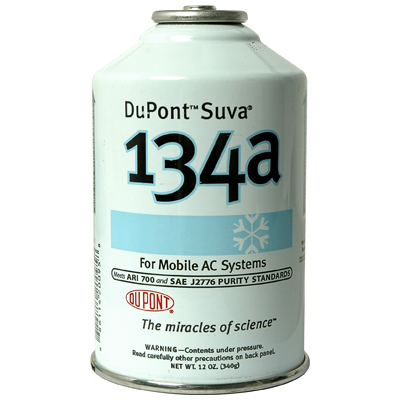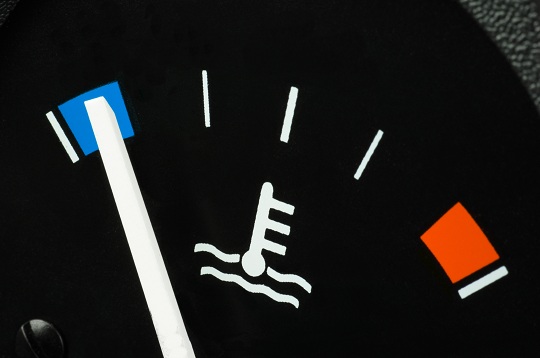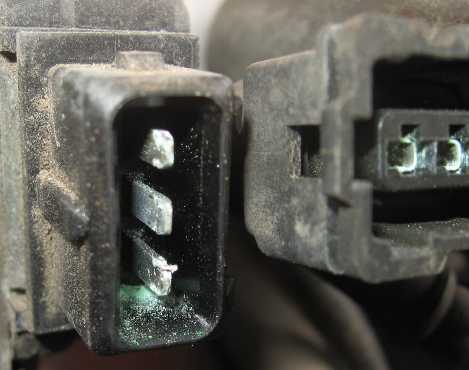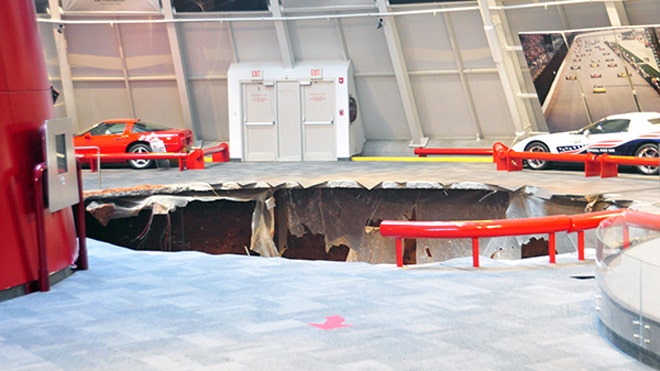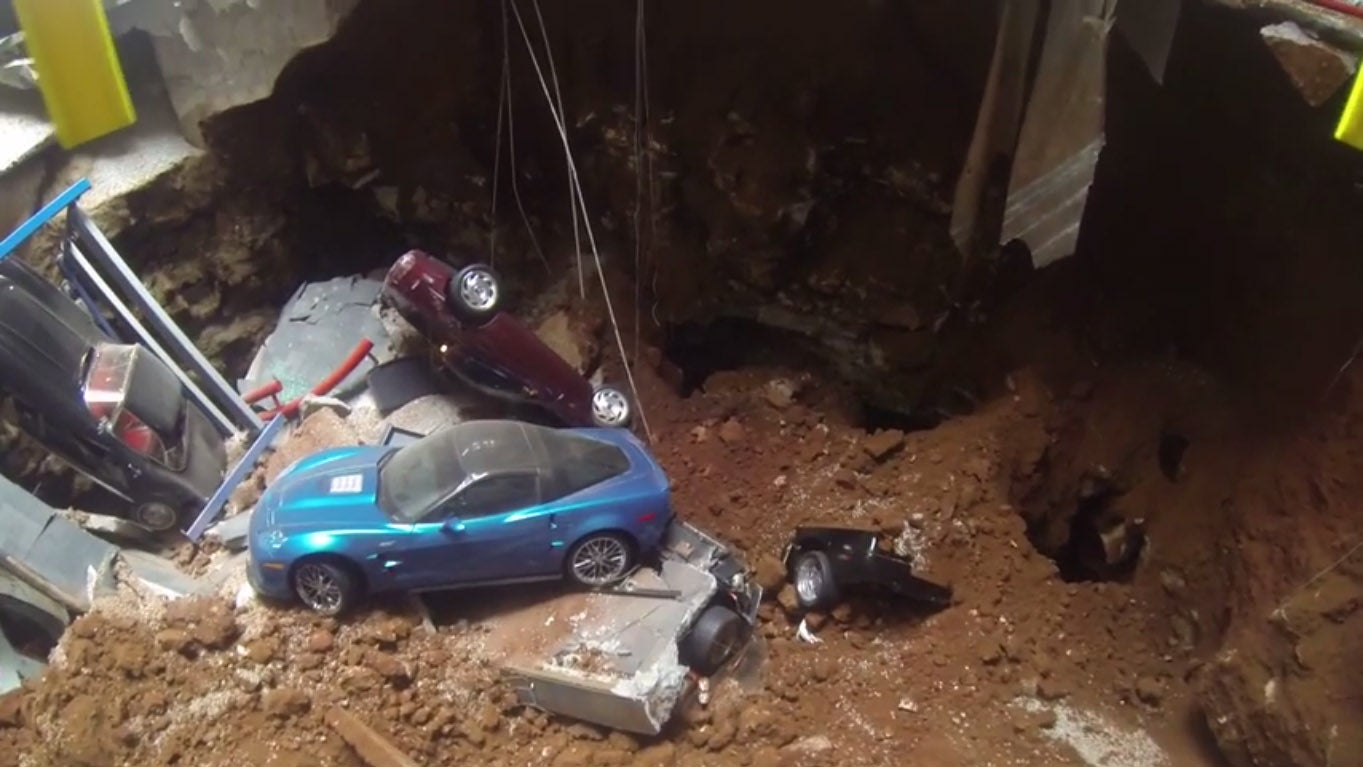So summer time is here and you are feeling the heat. When you
get into your car that has been parked outside in the hot sun in can be 150
degrees in there, and if you just roll down the window it doesn’t really help.
If it’s 90 degrees outside, that’s better than 150 but it’s not enough to stay
comfortable. Blowing 90 degree air into your face does nothing to cool you down
like 36 degree air from your air conditioning system.
So you decide to see what you need to do to fix your A/C
system. When you go to any auto parts store or any retail store with an
automotive section you will always find a can of stuff to put into you’re A/C
system to charge it. They say this will fix your A/C right up, and you can roll
along in comfort. What they are selling is refrigerant in a can. This is
required to make a refrigeration system, such as your A/C, function.
The problem is, charging the A/C is not as easy as adding a
quart of oil to the engine, not only that but there are several things that can
go wrong with your A/C, and running low on refrigerant is only one of them. To
go even further, even if low refrigerant level is the cause of your lack of A/C
performance, how do know this low level isn’t caused by a big leak that will
cause your new can of refrigerant to run out in two or three days?
Sometimes the A/C quits working because it is low on
refrigerant, and sometimes there is not really any reparable leak. If the
system has slowly gotten warmer and warmer over the years then the possibility
of just giving it a charge to repair becomes very likely. If the system was
working normally one day, and then quit working over the course of a day or
two, then charging the system will do no good because the refrigerant will just
leak right back out.
The only way to determine what your system needs is to have a
professional check it out. They will be able to determine exactly what is
causing the A/C to blow warm air. They can check for leaks, and fix anything
that might be a problem. They can determine exactly how low the system might be
and they can charge the system with the exact amount of refrigerant that is
needed to make things work perfectly.
When you buy a can of refrigerant from the store to
do-it-yourself, you need to have knowledge of exactly how refrigeration works,
and exactly how your system is set up, or you might overcharge it. Overcharging
the system will not only make it function improperly and blow warm air, but it
can lead to major damage within the system that could cost thousands of dollars
to repair. Without the correct tools, over charging is very easy to do.
Some cans of refrigerant will come with a gauge that is to be
used to determine how much charge is needed. This gauge is insufficient and
will not work well enough, even in the hands of a professional. A professional will use a manifold gauge set that contains a gauge for high side readings, and a gauge for low side readings. Both sides must be viewed in order to determine if the system is properly charged. Even if you had the proper gauge set, there are no magic numbers that you can shoot for on the gauges to say the system is now full. Pressures change based on many factors and a good deal of experience is needed to determine if the pressures are correct for the vehicle and for ambient conditions.
 |
| A typical A/C gauge set. |
Another problem with doing this yourself is many of the
products that you can buy to charge your A/C system are not what you want and
will cause further problems. For example, some cans of refrigerant come with
compressor oil mixed into the refrigerant. This is never needed for a recharge
but half the cans sold at auto parts stores have oil in them. Adding too much
oil will cause the system to function improperly.
Some of the cans of refrigerant have stop leak added to them so
that if you have a leak, the stop leak will supposedly fix it. As if to say just add a can
and you will be all fixed up. This is especially bad. Any stop leak in any form
is bad, but A/C stop leak is the worst stuff in the world. If you have this in
your A/C system it will ruin many of the components in the system if an A/C
line ever has to be opened for system repair.
Once A/C stop leak is exposed to air it solidifies and ruins
all that it touches. Some shops will run tests on your vehicle before doing A/C
work just to look for stop leak. If they get it in their A/C service equipment
it can ruin the equipment. They run the test and if it comes back positive they
may tell you to take a hike.
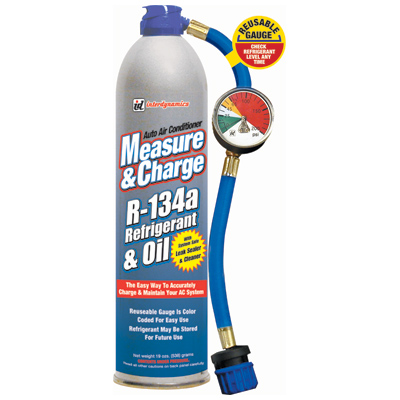 |
| Run away from anything like this |
Rarely do I ever advocate against a car owner dabbling in auto repair and maintenance, because I think it is so empowering for the individual car owner to learn how to take care of things themselves, but with A/C system service things are different. With so many variables in A/C repair don’t take a chance on
the DIY A/C charge. Leave this job to the professionals. In the end it may cost
you less money than messing it up on your own and then having the professional
fix your mistakes.
